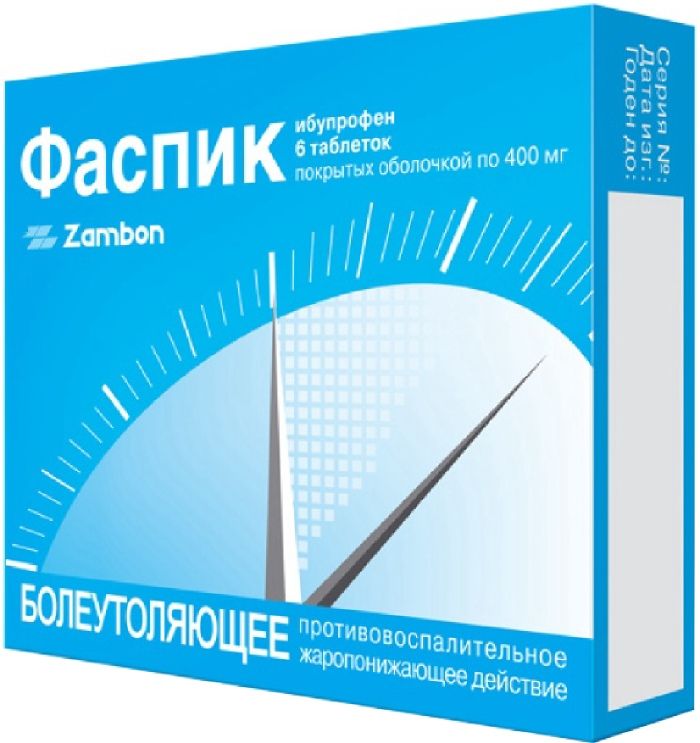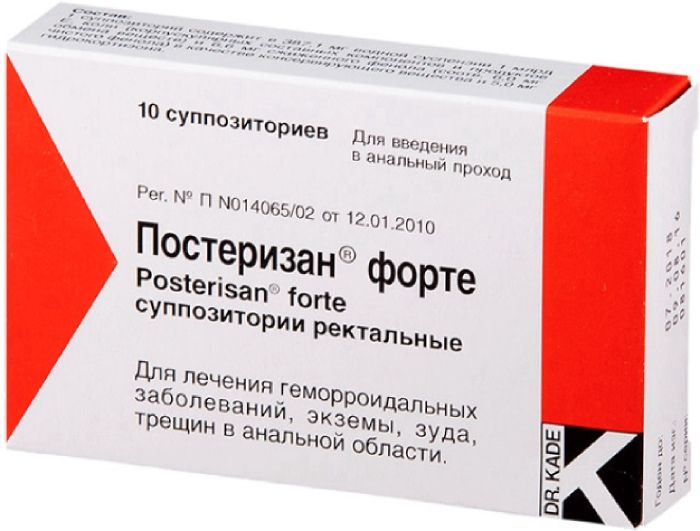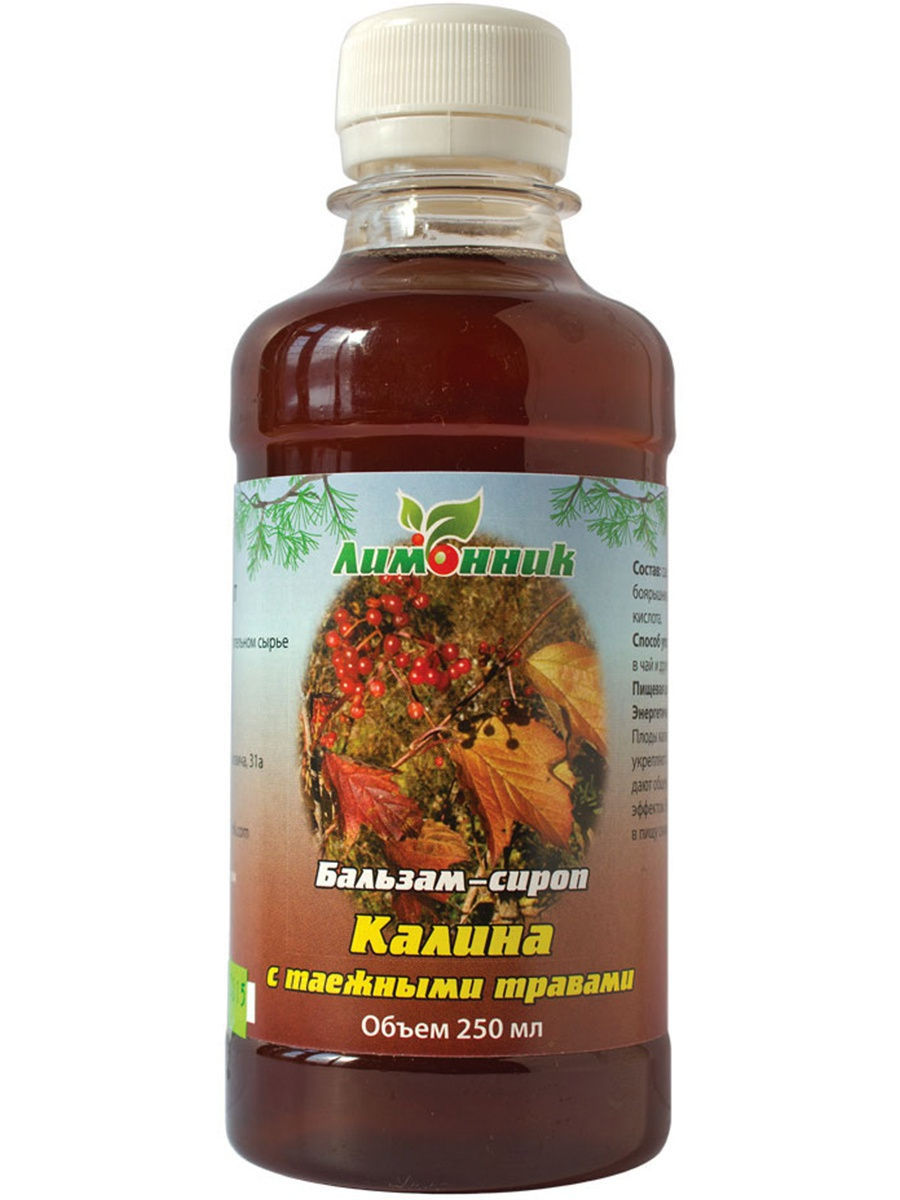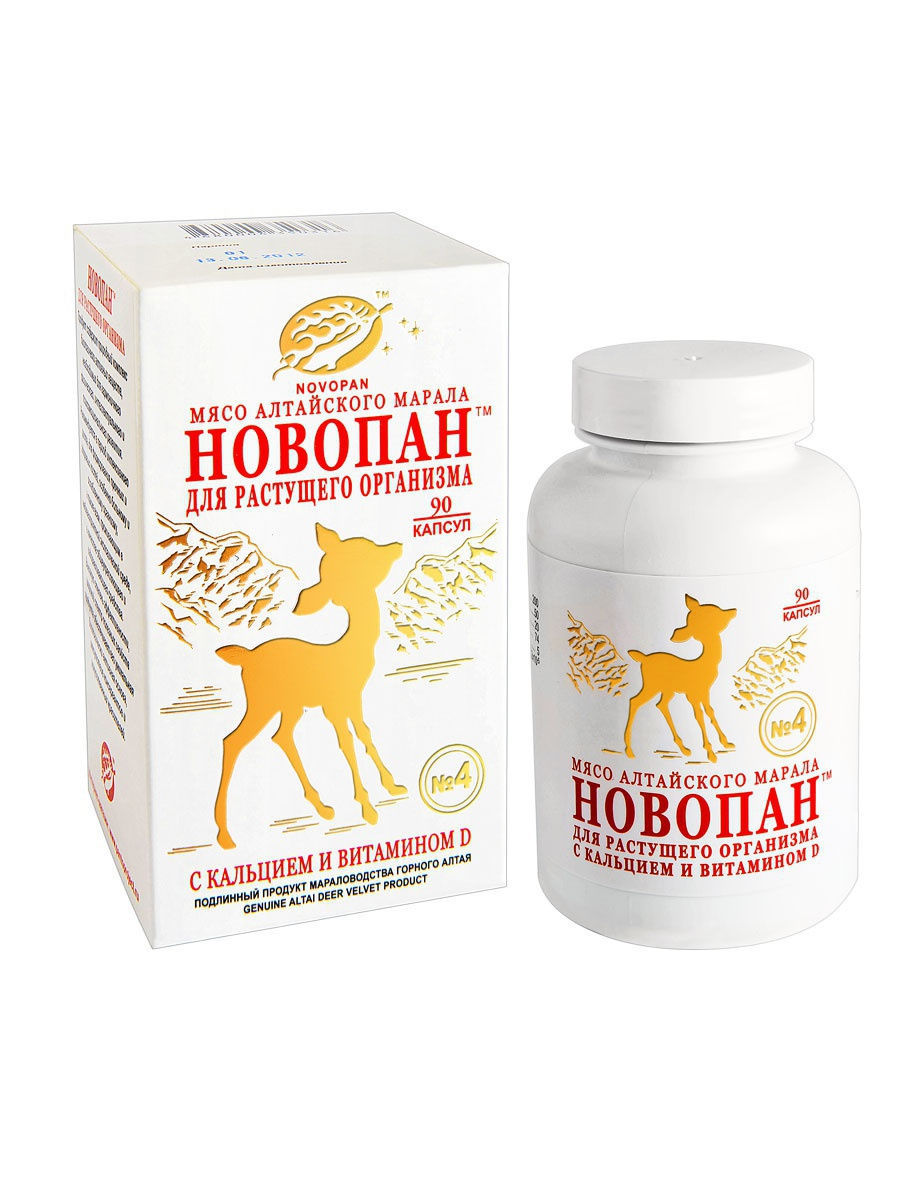- No products in the cart.
M Baralginum 500mg tab 100 pcs
$25.06
M Baralginum 500mg tab 100 pcs
SKU: 624075599 Categories: Analgesics, antispasmodics, Medicaments Tags: metamizole sodium, SANOFI AVENTIS GROUP
Description
Composition
Active substance:
1 tablet contains: metamizole sodium – 500 mg ;.
Excipients:
Macrogol 4.000 – 47 mg, magnesium stearate – 3 mg.
Description:
Round flat tablets from white to almost white color engraved BARALGIN-M on one side, the risks – and on the other with a facet on both sides.
Product form:
Tablets of 500 mg.
10 tablets in blister PVC / aluminum foil.
1, 2, 5 or 10 blisters with instructions for use in a cardboard box.
Contraindications
Hypersensitivity to metamizole sodium, and other components of the drug as well as other pyrazolones (phenazone, propyphenazone) or pyrazolidine (phenylbutazone, oxyphenbutazone), including, for example, guidance on the development of agranulocytosis history while taking one of these drugs.
Disorders of bone marrow hematopoiesis (e.g., after the treatment with cytostatics) or disease of the hematopoietic system.
Instructions anamnesis on bronchoconstriction or other anaphylactic reactions (e.g. urticaria, rhinitis, angioedema) upon receipt of analgesic drugs such as salicylates, paracetamol, diclofenac, ibuprofen, indomethacin, naproxen.
Congenital deficiency of glucose-6-phosphate dehydrogenase deficiency (risk of hemolysis).
Children’s age (15 years).
Pregnancy (first and third trimester).
Lactation.
Acute intermittent hepatic porphyria (risk of porphyria attacks).
If you have one of these diseases or conditions before taking this medication, consult your doctor.
Carefully:
Hypotension (systolic blood pressure below 100 mm Hg. V.), A decrease in blood volume, hemodynamic instability (myocardial infarction, multiple trauma, shock commencing) starting heart failure, high fever (increased risk of abrupt reduction in blood pressure).
Diseases for which a significant reduction in blood pressure may have increased risk (patients with severe coronary artery disease and stenosis of cerebral arteries).
Alcoholism.
Bronchial asthma, especially in conjunction with the accompanying polypous rhinosinusitis; chronic urticaria, and other atopic (allergic diseases in development of which a significant role belongs hereditary predisposition to sensitization: pollinosis, allergic rhinitis, etc.) (increased risk of anaphylactic / anaphylactoid reactions).
Alcohol intolerance (reaction even small quantities of certain alcoholic beverages with symptoms such as itching, tearing and redness of the face marked) (increased risk of anaphylactic / anaphylactoid reactions).
Intolerance dyes (e.g., tartrazine) or preservatives (e.g. benzoates) (increased risk of anaphylactic / anaphylactoid reactions).
Expressed human liver and kidney (recommended use of low doses due to the possibility of slowing down hatching Metamizole).
Pregnancy (second term).
If you have one of these diseases or conditions before taking this medication, consult your doctor.
Indications
Severe acute or chronic pain in trauma and postoperative pain, colic, for cancer and other conditions where contraindicated other therapeutic measures.
Fever, resistant to other therapies.
Interaction with other drugs
With cyclosporine
Metamizole may decrease in serum concentration of cyclosporine, so their combined use of cyclosporine concentration should be controlled.
With other non-narcotic analgesic
Simultaneous application Metamizole with other non-narcotic analgesic agents can lead to mutual reinforcement of toxic effects.
With tricyclic antidepressants, oral contraceptives, allopurinol
Tricyclic antidepressants, oral contraceptives, allopurinol violate Metamizole metabolism in the liver and increase its toxicity.
With barbiturates, phenylbutazone and other inducers of microsomal liver enzymes
Barbiturates, phenylbutazone and other inducers of microsomal liver enzymes weaken the effect Metamizole.
With sedatives and tranquilizers
Sedatives and tranquilizers enhance analgesic effect Metamizole. With simultaneous application Metamizole and chlorpromazine may develop severe hypothermia.
With drugs having high correlation with the protein (oral hypoglycemic agents, oral anticoagulants, corticosteroids and indomethacin)
Metamizole sodium, displacing connection with plasma proteins oral hypoglycemic agents, oral anticoagulants, and glucocorticosteroid agents indomethacin, amplifies their effect.
Since myelotoxicity drugs
Myelotoxicity drugs enhance expression gematotoksichnosti Metamizole.
With methotrexate
Adding Metamizole to methotrexate treatment may enhance gematotoksicheskim methotrexate, especially in elderly patients.
Therefore, this combination must be avoided.
With Thiamazolum and sarcolysine
Methimazole and sarkolizin increase the risk of leukopenia.
From Codeine, H2-blockers gistamiiovyh receptors and propranolol
Codeine blockers H2-histamine receptors and enhance the effects of propranolol Metamizole.
Radiopaque substances, colloidal and penicillin blood substitutes should not be used during treatment metamizole sodium (increased risk of anaphylactic / anaphylactoid reactions).
With acetylsalicylic acid
When the joint application metamizole sodium may reduce the effect of aspirin on platelet aggregation. Therefore, this sequence should be used with caution in patients taking low dose aspirin for cardioprotection (prevention of thrombus formation).
Since bupropion
Metamizole can reduce the concentration of bupropion in the blood, which should be taken into consideration while applying Metamizole and bupropion.
Overdose
Symptoms.
In overdose may cause the following symptoms: nausea, vomiting, abdominal pain, decreased renal function / acute renal failure with oliguria (e.g., due to interstitial nephritis development), more rarely symptoms from the central nervous system (dizziness, somnolence, tinnitus, delirium, impaired consciousness, coma, convulsions) and a sharp decrease in blood pressure (sometimes progressing to shock), as well as cardiac arrhythmia (tachycardia), hypothermia, dyspnea, acute agranulocytosis, hemorrhagic syn rum, acute liver failure, paralysis of respiratory muscles. Upon receiving high doses of excretion through the kidney nontoxic metabolite (rubazonovoy acid) may cause red coloration of urine.
Treatment.
If after drug administration was not more than 1-2 hours, then it is possible to induce vomiting, to gastric lavage gavage; give saline laxatives, activated carbon. In overdose shown diuresis. The main metabolite (4-N-metilaminoantipirin) can be displayed by hemodialysis, hemofiltration, hemoperfusion or plasma filtration. With the development of seizures – intravenous diazepam and barbiturates fast.
pharmachologic effect
Pharmacological group:
Non-narcotic analgesic agent.
Pharmacodynamics:
Non-narcotic analgesic agent, a pyrazolone derivative, nonselective cyclooxygenase blocks and reduces the formation of prostaglandins from arachidonic acid.
Impedes pain extra- and proprioceptive pulses of beams Gaulle and Burkhard, increases excitability threshold centers thalamic pain sensitivity that increases heat transfer.
The distinguishing feature is the low intensity of the anti-inflammatory effects to produce a weak influence on the exchange-salt (delay sodium and water) and the mucosa of the gastrointestinal tract. It has analgesic, antipyretic and spasmolytic some (in smooth muscle of the urinary and biliary tract) effect.
Pharmacokinetics:
Metamizole well and rapidly absorbed in the gastrointestinal tract. After ingestion metamizole sodium completely metabolized to form an active 4-N-metilaminoantipirina. Communication active metabolite to plasma proteins – 50-60%. Advantageously excreted by the kidneys. Upon receiving 1 g metamizole sodium renal clearance of 4-N-metilaminoantipirina was 5 + 2 ml / min. The half-life – 2.7 hours.
At therapeutic doses, it passes into breast milk.
Patients with cirrhosis half-life of 4-N-metilaminoantipirina increased three times and was about 10 hours.
Pregnancy and breast-feeding
Pregnancy.
No sufficient clinical data Metamizole use in pregnant women, however is not recommended during pregnancy.
During breastfeeding.
Metabolites Metamizole into breast milk, so when using the drug as well as within 48 hours after administration / administration of the last dose necessary to abandon breastfeeding.
Conditions of supply of pharmacies
On prescription.
side effects
Side effects were classified according to the recommendations of the World Health Organization: very often (> 10%); frequent (> 1%
special instructions
In patients receiving cytotoxic agents receive Metamizole should be done only under medical supervision.
Anaphylactic / anaphylactoid reaction
Increased risk of hypersensitivity reactions to metamizol sodium cause the following conditions:
– full or partial combination of asthma, recurrent nasal polyposis and paranasal sinuses and intolerance to acetylsalicylic acid and other non-steroidal anti-inflammatory drugs (including history);
– chronic urticaria; Alcohol intolerance (increased sensitivity to alcohol), against which, even when taking a small amount of certain alcoholic beverages, patients appear sneezing, watery eyes and a pronounced redness of the face. Alcohol intolerance may indicate a previously unidentified syndrome aspirin asthma;
– intolerance or hypersensitivity to dyes (e.g., tartrazine) or preservatives (e.g., benzoate).
Before use, metamizole sodium is necessary to conduct a thorough survey of the patient. In case of a risk of anaphylactoid reaction, the reception may be possible only after determining the risk / benefit ratio. In the case of Metamizole in these patients requires strict medical supervision because of their condition and need to have the means to provide them with emergency assistance in the event of anaphylactic / anaphylactoid reactions.
In predisposed patients anaphylactic shock can occur, so patients with asthma or atopy metamizole sodium should be used with caution. Severe skin reaction
Against the background of Metamizole described life-threatening skin reactions such as Stevens-Johnson syndrome (DSS) and toxic epidermal necrolysis (TEN). When symptoms SSc or heater (such as, progressive skin rash, often with blisters or mucosal lesion) treatment metamizole sodium should be stopped immediately, it should not start again.
Patients should be aware of the symptoms of these diseases. They should be carefully monitored skin reactions, especially during the first weeks of treatment.
agranulocytosis
With long-term use must be monitored picture peripheral blood. At any time during treatment with metamizole sodium may develop agranulocytosis. It occurs very rarely lasts at least a week, does not depend on the dose, can be severe, life-threatening or even fatal.
In this regard, for symptoms possibly related to neutropenia (fever, chills, sore throat, difficulty swallowing, stomatitis, erosive-ulcerous lesions of the oral cavity, vaginitis, or proctitis,
reducing the number of neutrophils in the peripheral blood of less than 1,500 / mm), it is necessary to terminate treatment with the drug and seek medical advice.
pancytopenia
In the case of pancytopenia treatment should be discontinued immediately, the indicators developed analyzes of blood is necessary to control up to their normalization.
All patients should be aware that the appearance of symptoms of pathological changes in the blood (eg, general malaise, infection, persistent fever, bruising, bleeding, pallor) while taking Metamizole, you should immediately seek medical help. Acute abdominal pain
The drug must not be used to treat acute abdominal pain (to determine its cause). Impaired function of the liver and kidneys
In patients with impaired liver function and kidney recommended to avoid receiving Metamizole in high doses because of the reduction rate of excretion of the drug.
Effects on ability to drive and use machines.
When receiving the recommended doses there were no undesirable influence on the concentration and reactivity. However, when using high doses should be considered a possible impaired concentration and reactivity, that is when the risk of manipulation of special importance (eg operating a vehicle or machinery), especially after drinking alcohol.
Storage conditions
Store in a dark place at a temperature of 8 ° C to 25 ° C.
Keep out of the reach of children.
Dosing and Administration
Single dose for adults and adolescents over 15 years of age is 500 mg (1 tablet). The maximum single dose may reach 1000 mg (2 tablets). Unless otherwise specified, a single dose can be taken 2-3 times a day. The maximum daily dose – 2000 mg (4 tablets). Duration – not more than 5 days when administered as an analgesic and no more than 3 days, as antipyretic agents.
The tablets should be taken with plenty of water.
Increasing the daily dose or duration of treatment is possible only under medical supervision.
Information
Appearance may differ from that depicted in the picture. There are contraindications. You need to read the manual or consult with a specialist
Additional information
| Weight | 0.100 kg |
|---|---|
| Manufacturer | SANOFI AVENTIS GROUP |













There are no reviews yet.